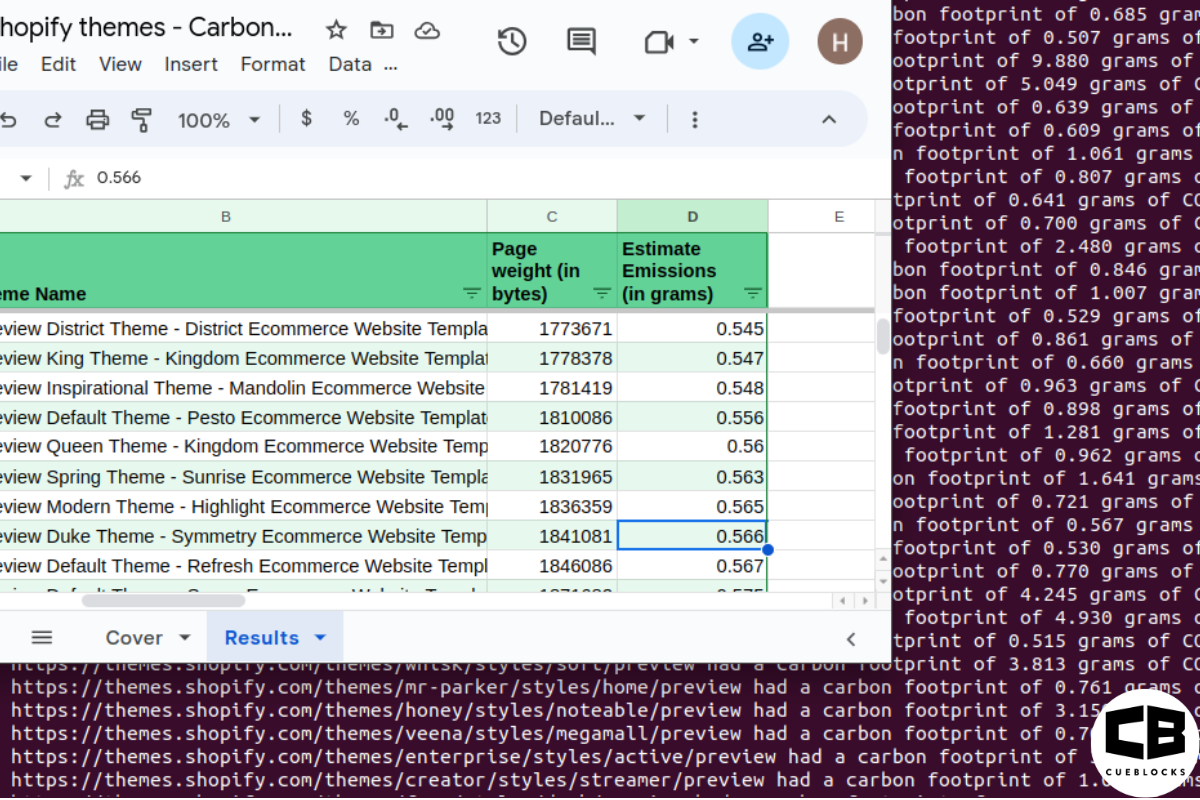
Creative Writing for the Consumers – The Art and The Technique
“Writing is a form of personal freedom. It frees us from the mass identity we see all around us. In the end, writers will write not to be outlaw heroes of some underculture but mainly to save themselves, to survive as individuals.” – Don DeLillo
And copywriters know a thing about surviving in the big bad world of words, ROIs and referrals…. and love it, don’t we?
Creative writing is omnipresent, and forms the backbone of the consumerist world. Anything that is not on a doctor’s note, newspaper (yes), legal documents and contracts is a piece of creative writing. On the web, blogs, articles, product descriptions, advertisements, twitter updates, novels, stories, verses etc – all fly out from the umbrella of creativity with the objective to gather readers who buy.
As a receiver of million messages everyday, readers find some standing out among the rest while others simply blown away in the stream of commonness. The ones that stick to your mind are obviously creative but what about those that whiff away with just a single sigh, aren’t they? They too are but may lack in core elements. Don’t know what those core elements are? Read below to find out.
What does it take to go that extra mile when writing creatively for your consumers?
Connection – Your copy from the first word itself must establish a connection with the target receiver/ reader.
Condition – It must address the condition that the reader may be in and how can your product/ service enhance or better it.
Experience – The message must communicate the experience that your customer is likely to enjoy using your product/ service or lack in if he or she does not.
Novelty – Be as novel as you can. Even if you’re marketing for a 150 year old brand; do it the 21st century way and not what people would have liked 150 years ago.
Results – Paint the picture of the afterward i.e after your products and services have been used. And by painting the picture we mean a realistic one. Remember, you may fool by an advertisement but not in actual usage. So it’s always better to stick to the truth.
Now how you do all this and achieve what you set out to accomplish is where the real deal is. How you work your mind around those top-of-the-hat metaphors, mindblowing analogies and those contagious call-to-actions and create a copy that not only brings in the readers but happily buying and paying customers 🙂
And when you’re up to it, make sure the confidence, happiness and that the spirit is not amiss because words mirror more than you expect them to.
- About the Author
- Latest Posts
I am a writer, reader, and a part time adventure and travel enthusiast. The other three things that vie for my mind share are dark chocolate, coffee, and photography. I am highly motivated by user perspectives and addressing the common human experience when I write.
-
Evaluating the Carbon Emissions of Shopify Themes
by Harleen Sandhu
Committing to green claims as a business is a huge promise to deliver on. For ecommerce stores, Shopify is leading …
Continue reading “Evaluating the Carbon Emissions of Shopify Themes”
-
Dark Mode: Accessibility vs Sustainable Web Design
by BalbirIntroduction Dark mode, a feature that lets users switch the color scheme of an app or website to darker colors, …
Continue reading “Dark Mode: Accessibility vs Sustainable Web Design”
-
Discover Essential Sustainable Marketing Principles and Strategies for Ethical Business Growth
by Pancham Prashar
Given the major issues that our world is currently facing, such as pollution and climate change, sustainability becomes an inevitable …
-
Show, Don’t Tell: Demonstrating Transparency in Your eCommerce Store
by Pancham PrasharFor an eCommerce brand committed to good, success goes beyond creating excellent products; it extends to effectively communicating your values …
Continue reading “Show, Don’t Tell: Demonstrating Transparency in Your eCommerce Store”
-
How to Market Sustainable Products Effectively
by Nida Danish
In today’s market, sustainability has evolved from a passing trend to a pivotal consideration for both consumers and businesses. Globally, …
Continue reading “How to Market Sustainable Products Effectively”
-
Decoding B Corp Marketing Challenges: Strategies for Success
by Nida DanishToday, businesses place high importance on sustainability and ethical practices. For B2B and e-commerce leaders, being a certified B Corp. …
Continue reading “Decoding B Corp Marketing Challenges: Strategies for Success”




